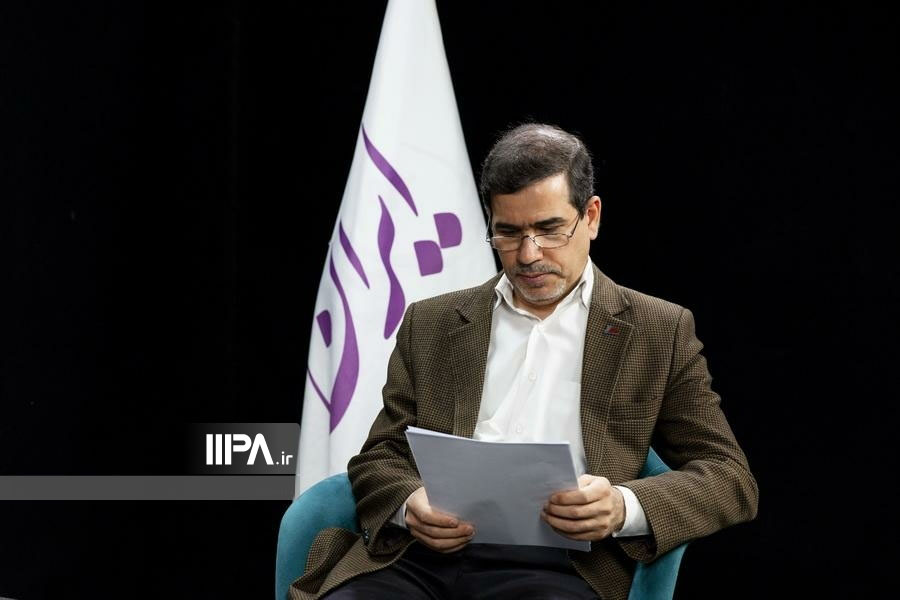MAPNA Group President Mohammad Owliya made the remarks in an exclusive interview with Persian-language Iran newspaper.
The major Iranian daily opened the reporting by introducing Owliya.
“Mohammad Owliya is among the long-serving figures of the company,” wrote the daily, adding, “He holds a degree in Biomechanics from Sharif University of Technology and completed his PhD in Production Systems at the University of Birmingham in the United Kingdom. Owliya began his career with MAPNA in 1999 at its subsidiary TUGA (Turbine Engineering and Manufacturing Company) and, in 2023, was appointed CEO of MAPNA Group.”
The newspaper then gave a brief introduction to MAPNA Group, writing that it “was founded in the 1990s with the aim of managing power plant projects. In its early years, the company focused on supplying key equipment from international firms and on engineering and construction work for power plant projects. Over the following years, MAPNA expanded by first manufacturing secondary equipment, and in the early 2000s, began producing core power plant components such as turbines and generators, significantly deepening its presence in the power sector.”
“Investment in power plant construction also began in the early 2000s, eventually making MAPNA the country’s largest investor in this field. By the 2010s, MAPNA had not only matured in the power industry—offering a full chain of services including investment, equipment manufacturing, plant construction, operations, and maintenance—but also expanded into rail transport and oil and gas. Nevertheless, the power sector remains MAPNA Group’s first and primary field of activity,” added the paper.
In the interview, Owliya reviewed MAPNA’s recent projects and outlines the future vision of one of West Asia’s largest industrial holdings. What follows is the full text of the interview:
Iran: These days, the biggest challenge facing those demanding electricity is the widespread blackouts. As an expert in the power sector, when do you believe the electricity imbalance will be resolved?
Owliya: MAPNA Group operates both as a significant economic enterprise and a major primary contractor in this industry. However, the company alone cannot resolve this issue. First, the root cause—the economics of the power sector—must be addressed. By resolving this, the necessary capital and investment can flow into the industry to revitalize it.
In fact, resolving the imbalance requires increased electricity generation, and the most critical prerequisite for that is financial resources. The power sector needs investment for the equivalent of 35,000 MW of combined thermal and renewable power plants, planned in a way to minimize fuel consumption. Approximately USD 20 billion in investment is required to bridge this gap.
If the necessary capital is provided, these power plants could be launched within a six-to-seven-year timeframe, after which the electricity imbalance will gradually be resolved. But we must not forget that barriers to investment must be removed to ensure returns are guaranteed. In such circumstances, both government investment (via development budgets) and private capital (domestic and foreign) will enter the cycle and help develop the country’s energy infrastructure.
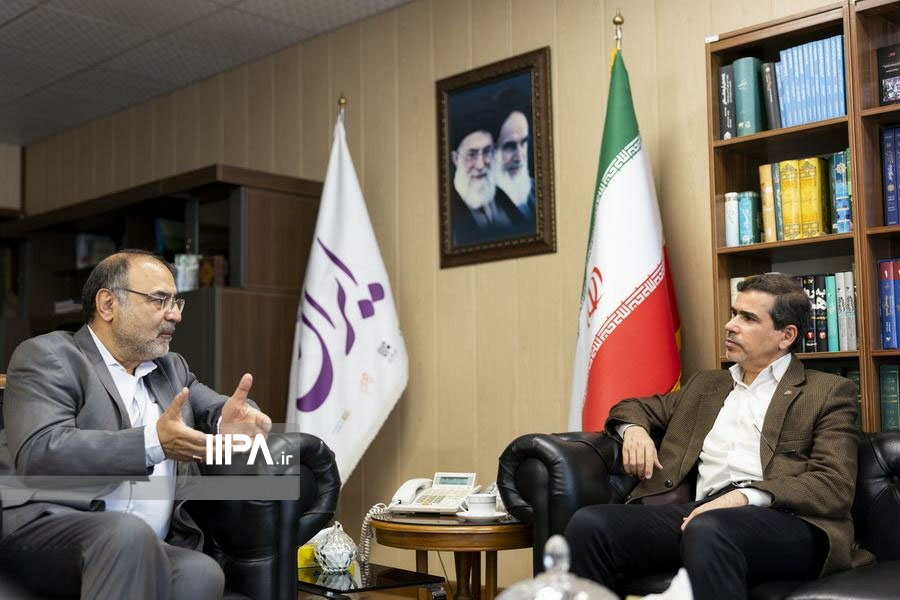
Iran: To what extent has MAPNA Group contributed to maintaining reliable electricity supply over the past three decades, and what plans do you have to enhance generation capacity?
Owliya: MAPNA Group has played a significant role in three key areas: constructing new power plants (both thermal and renewable), performing maintenance and capacity expansions, and upgrading existing facilities. Across these areas, the group has exerted considerable influence through its diverse lines of business.
Iran: What have you done in the development of renewable power plants, and how has the government supported this sector?
Owliya: Currently, MAPNA Group has many renewable energy power plants under construction, and the government provides substantial support for these efforts. Additionally, we are constructing steam sections for combined-cycle power plants, which do not require fuel and have a significant impact on ensuring stable electricity supply and improving efficiency.
Iran: Why do investors choose to place their capital in parallel markets instead of the power sector?
Owliya: If we look at electricity prices in other countries, we see that electricity in Iran is very inexpensive—largely due to energy subsidies. The cost of generating electricity is much higher than the prices currently charged to households and industries. Because electricity prices are not realistic, investors are disinclined to participate in the sector; instead, they direct their capital into parallel markets.
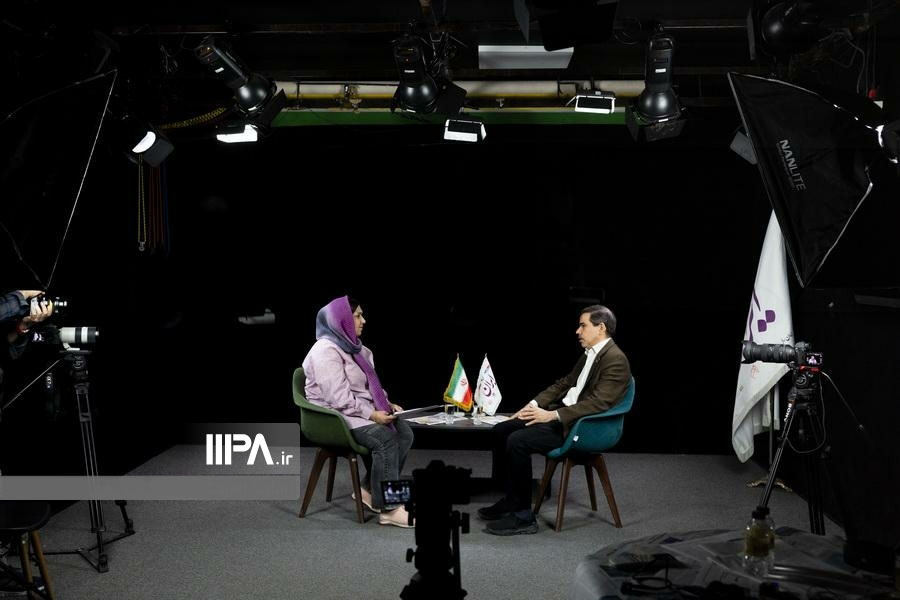
Iran: What strategic priorities does MAPNA Group have for the next five years? What organizational changes have you made to align with the country’s needs?
Owliya: As mentioned, investment in constructing new power plants and energy facilities is not as high as in the past. Given this reality, we have restructured our organization to respond more effectively to the nation’s needs.
We have rearranged our business operations so we can continue developing the power industry while expanding into other sectors. This helps us meet the country’s needs and ensures the conglomerate’s sustainability.
One new area of activity is energy efficiency, which requires far less capital than building new power plants. The best strategy here is to prevent energy waste—from generation all the way through to consumption.
Another critical area is water. MAPNA Group has expanded its activities in this domain. A major arena where both public and private sectors must engage is wastewater treatment. Given the current water scarcity, this can significantly increase water recycling in Iran’s water systems. For example, in Esfahan, MAPNA is implementing a large-scale water recycling project this year. In this project, municipal wastewater is converted into industrial-use water—an effort that epitomizes conservation and efficiency.
In agricultural water, MAPNA has launched projects that both contribute to business development and assist the country. One of our innovative projects, soon to be inaugurated, is at the Genaveh Power Plant. It combines agricultural water efficiency with renewable energy production.
Iran: Regarding treated wastewater, you said you have projects intended to supply industries. How much industrial water supply can this actually satisfy?
Owliya: According to official statistics, two to three percent of the country’s water is used by industry. If we recycle 20 percent of household water consumption, we can supply a substantial portion of industrial water needs. Furthermore, if we save 10 percent in agricultural water use, we could virtually meet both household and industrial water demands. These two areas should be points of focus for both government and private sector policy in the water industry.
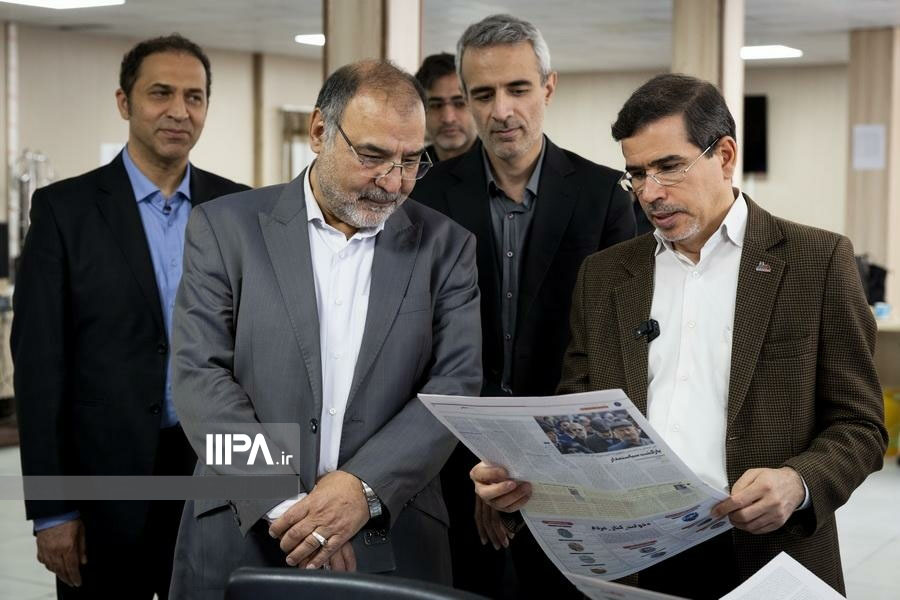
Iran: Why can’t renewable power plants be relied upon as a stable source of electricity?
Owliya: Developing renewable energies is both important and necessary. However, because such sources depend on natural factors—namely sunlight and wind—and because these factors vary across seasons and even within the course of a single day, electricity production from them is inherently unstable. In contrast, a thermal power plant generates a stable power supply.
By using a hybrid arrangement—thermal plants combined with up to 25 percent renewables—stable electricity for the country can be achieved. Currently, we utilize only 2 percent renewable energy. To reach the target of 20 to 25 percent, an investment of about USD 6 to 7 billion is required. If there are no major international trade or financing obstacles, this could be realized within five years.
Iran: What is the status of domestic production for renewable energy equipment in Iran, particularly solar and wind?
Owliya: In terms of domestic manufacturing of renewable energy equipment, MAPNA Group is active in certain areas such as solar inverters and associated components. However, production of solar panels in Iran, as in many countries, remains relatively limited. This is because global-scale solar panel production is dominated by China. Chinese companies have advanced to such a degree that roughly ten of the world’s top solar panel manufacturers are Chinese. Their production scale is so massive that other countries find it nearly impossible to compete. As a result, most countries prefer to import panels from China rather than produce them domestically.
Regarding wind power, for more than fifteen years, complete wind turbines and associated equipment have been manufactured within the country. Yet, due to higher costs and longer returns on investment, this sector has seen less enthusiasm.
Iran: What has MAPNA Group done in the oil and gas sector?
Owliya: Over the past two years, MAPNA Group has signed significant contracts in oil and gas. One of the most critical is the pressure-enhancement project in South Pars, which is vital for boosting gas reservoir pressure nationwide. This project is underway with four main contractors, including MAPNA Group. Its engineering work began last March, and if the Ministry of Petroleum provides the necessary financing, construction operations will begin in coming months.
Another key project is the Shurijeh gas field storage project, which stores gas during warm seasons and injects it into the network during the cold season—a storage method analogous to electricity buffering. Progress on this project has reached 60 percent. However, it has been delayed due to financial issues and outstanding claims from the Ministries of Petroleum and Energy, totaling more than USD 2 billion.
Iran: What actions has MAPNA Group taken in the transportation sector?
Owliya: MAPNA Group operates actively in both rail and road transportation sectors. In rail, it is implementing infrastructure projects and producing railway equipment. For road transport, the company focuses on electrification of vehicles and developing electric vehicle (EV) charging networks. While MAPNA is not a vehicle manufacturer, it collaborates with automakers on electric drivetrains and plays a key role in building and managing EV charging stations and their network infrastructure.
Iran: What are the main challenges MAPNA Group faces in investing in and executing its projects?
Owliya: Our primary challenge is the outstanding claims owed to us by the government—estimated at over USD 2 billion. These claims originate from the Ministries of Energy, Petroleum, and Roads. As a result, MAPNA cannot proceed with investments according to its planned schedule.
Due to its budget constraints and financial difficulties, the government cannot fully settle these claims. It only pays portions related to urgent projects (for example, summer electricity supply). We have requested that, at minimum, partial settlement of these claims be made to enable continuation of ongoing infrastructure projects.
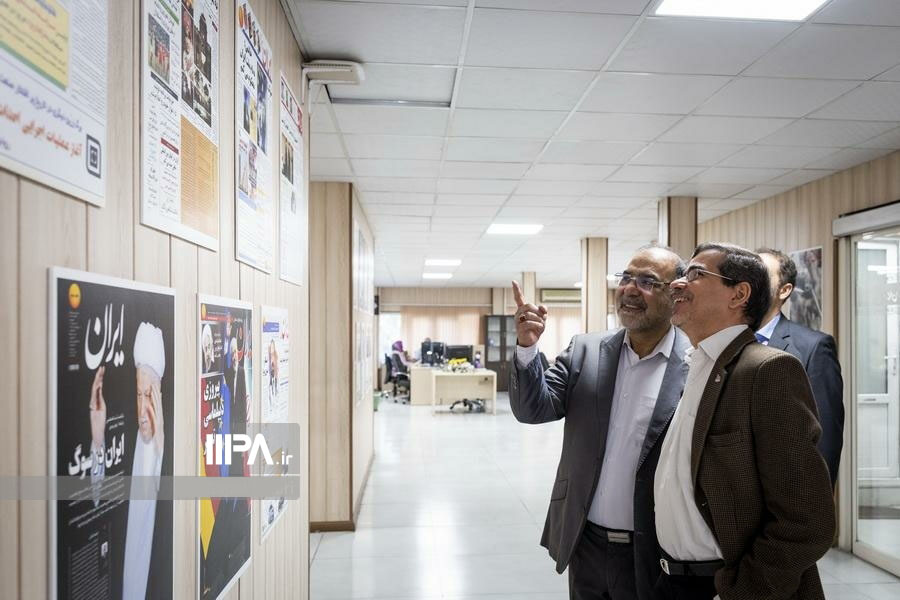
Iran: Is it possible to attract foreign investment in these areas?
Owliya: Currently, attracting foreign investment in Iran’s energy sector is extremely limited. The main barrier is regulated and subsidized electricity pricing, which makes financial returns unattractive to foreign investors. Therefore, MAPNA relies primarily on domestic sources—bank partnerships and capital market financing—to support its projects.
Iran: What is MAPNA’s outlook in these fields going forward?
Owliya: If the government can settle some of our outstanding claims, MAPNA will be able to complete semi-finished projects and also invest in new ones. Given the global trend toward clean energy, developing solar and wind power plants, alongside EV infrastructure, could become a crucial opportunity for the country.
Iran: Considering MAPNA’s government claims, what solutions do you propose?
Owliya: We have four specific requests for the government: (1) a minimum cash payment, (2) tax offsets, (3) debt settlement via government-owned assets, and (4) resolving issues through legal resolutions.
We urge that at least part of the claims be paid in cash so that ongoing projects—especially those related to summer electricity supply—can continue. Although we reach agreements with the Ministry of Energy each year by September for next summer’s funding, these agreements have not been fully honored historically.
Given the high volume of claims, we also request that tax authorities refrain from blocking our accounts, and that company taxes be offset against our claims from the government. This would ease liquidity pressures. Achieving this requires coordination among executive and tax authorities.
Furthermore, because full cash payment of our claims seems unfeasible, we propose that the government settles this debt through assets like state-owned company shares, real estate, or other holdings. We can then liquidate these assets and reinvest the proceeds into new projects. Since last year, we have held negotiations with executive bodies and the Vice-Presidency, yielding some progress.
Our final request to the government is to enact legal measures enabling methods such as debt settlement. This would help us remain accountable to our shareholders and continue our development projects. By implementing these solutions, we hope to relieve the company of this heavy financial burden and secure the necessary resources to sustain development activities and invest in vital national projects. This approach benefits both MAPNA and the broader economy by revitalizing infrastructure projects and creating jobs.
